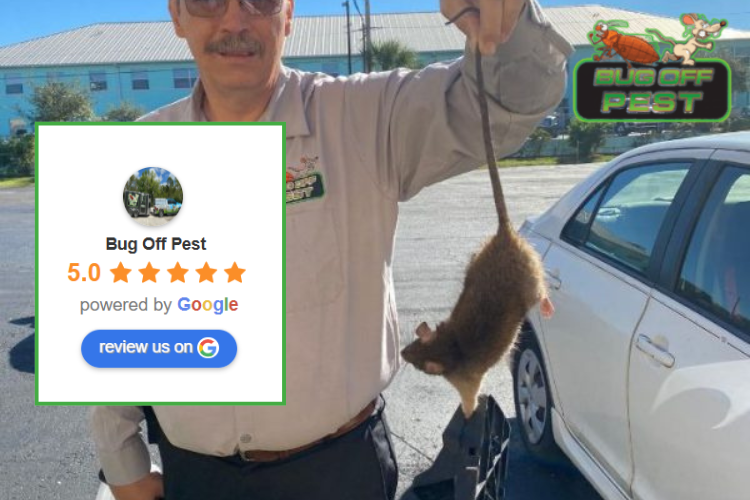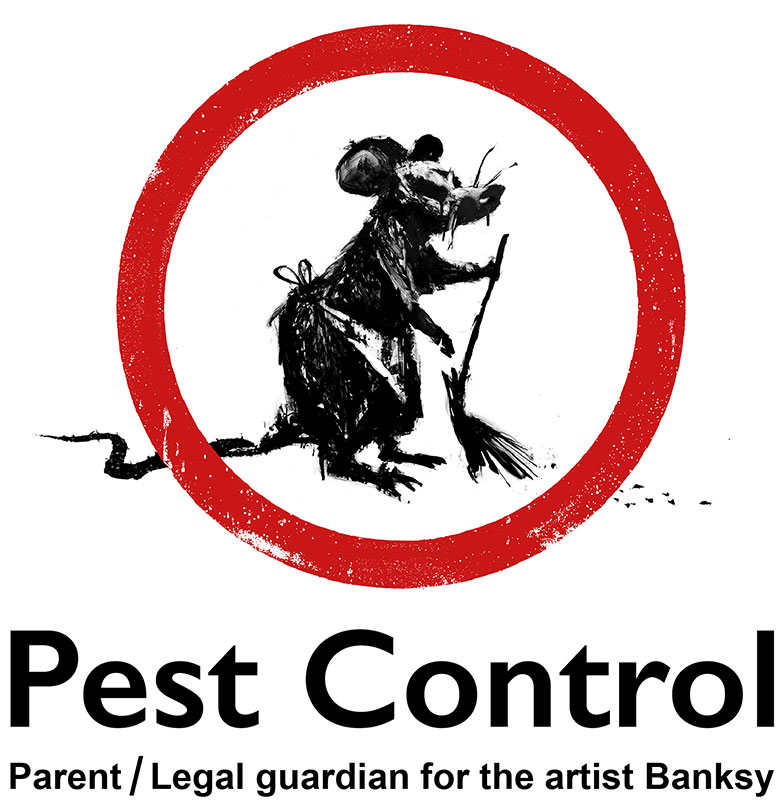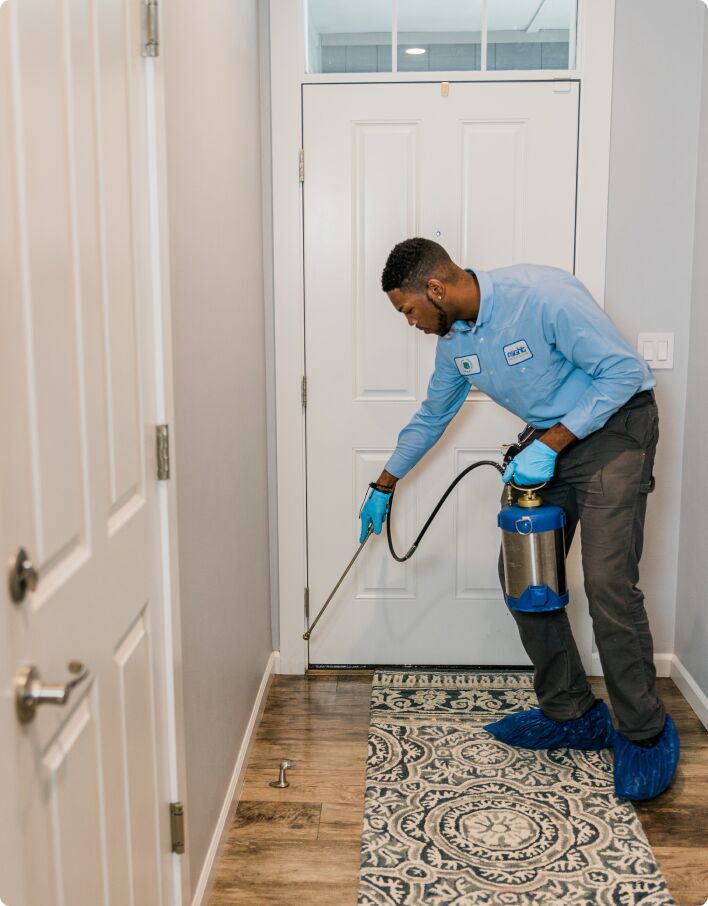Learn About the Newest Developments in Pest Control and Exactly How to Execute Reliable Therapy Solutions
In recent times, the area of bug control has experienced considerable improvements, driven by the requirement for sustainable and reliable treatment remedies. Cutting-edge strategies such as Integrated Bug Administration (IPM) combine green practices with cutting-edge innovation, enhancing both effectiveness and environmental duty. The combination of clever technologies and DIY methods has encouraged people to tackle insect concerns more properly. As we check out these advancements, it becomes vital to recognize exactly how best to implement these techniques in different setups to attain optimal outcomes. The implications for bug management methods could be transformative.
Eco-Friendly Pest Control Options
In recent times, the demand for eco-friendly bug control alternatives has actually surged as homeowners and services alike seek sustainable choices to conventional chemical treatments. This shift is driven by growing ecological awareness and a desire to reduce the health and wellness threats connected with artificial chemicals.

Environmentally friendly parasite control methods include a variety of strategies that focus on the use of natural materials and techniques. Integrated Insect Administration (IPM) is one such strategy, integrating biological, cultural, and mechanical techniques to handle insect populaces while minimizing reliance on chemicals (Wildlife removal services). This alternative approach emphasizes avoidance with habitat control and the intro of natural predators, consequently promoting a well balanced ecosystem
Another prominent option is the use of herb pesticides obtained from plants, which tend to be much less unsafe to non-target microorganisms. Products like neem oil and diatomaceous planet have gotten traction for their efficiency in controlling insects while posing minimal threats to human wellness and the atmosphere.
Furthermore, exemption strategies, such as securing access points and maintaining cleanliness, play a vital function in green pest management. By embracing these lasting techniques, organizations and individuals can efficiently handle parasites while advertising a much healthier world for future generations.
Smart Innovation in Bug Monitoring
Technology is improving the landscape of pest management, with wise innovation becoming a pivotal pressure in enhancing efficiency and efficiency - Wildlife removal services. The integration of Net of Points (IoT) gadgets, expert system (AI), and information analytics is changing just how pest control experts approach problems
Smart traps equipped with sensors can identify parasite activity in real-time, sending prompt alerts to drivers. This permits prompt reactions, decreasing damage and decreasing the need for comprehensive treatments. Additionally, AI algorithms assess historical information to forecast pest actions, making it possible for aggressive treatments based upon environmental problems and infestation patterns.
Drones and automated automobiles are likewise playing a substantial duty in parasite administration, supplying airborne evaluations of huge locations, identifying hotspots, and even dispersing targeted treatments. These technologies not just simplify procedures but additionally boost safety and security by restricting human direct exposure to possibly damaging chemicals.
In addition, mobile applications empower consumers to keep track of parasite task and access specialist suggestions, cultivating a joint technique to pest management. Overall, the fostering of clever technology is establishing a new criterion in parasite control, stressing data-driven decisions and lasting techniques that inevitably profit both professionals and property owners alike.
Integrated Insect Monitoring Methods
Integrated Parasite Monitoring (IPM) employs an all natural approach to pest control, combining different approaches to effectively manage pest populaces while reducing threats to human health and the setting. IPM focuses on understanding the pest life process, their natural adversaries, and the ecosystem in which they thrive.
Among the essential elements of IPM is checking pest populaces with routine assessments and data collection. This enables the recognition of pest thresholds, figuring out when intervention is required. Social techniques, such as plant hygiene, turning, and habitat manipulation, are necessary in reducing insect frequency and promoting plant wellness.
Mechanical controls, consisting of obstacles and catches, are additionally crucial in IPM. These techniques can literally remove or deter bugs without making use of chemicals. When needed, the judicious application of chemical controls is employed, concentrating on targeted therapies that reduce ecological influence.
Education and learning and cooperation amongst stakeholders, consisting of farmers, bug control experts, and the community, are vital for the effective application of IPM approaches. By prioritizing sustainable techniques, IPM not just addresses pest problems however also promotes a healthier ecological community.
Biological Control Approaches
Various organic control techniques are increasingly identified for their performance in taking care of pest populations while promoting environmental balance. These techniques harness natural predators, parasites, and microorganisms to minimize pest numbers without relying on synthetic chemicals. For circumstances, the introduction of ladybugs can effectively control aphid populations, while nematodes target soil-dwelling bug larvae.
In addition, the use of microbial chemicals, such as Bacillus thuringiensis (Bt), provides an ecologically pleasant alternative for handling caterpillar insects. These products specifically target pest varieties, decreasing damage to helpful bugs and pollinators. In addition, conservation biological control emphasizes boosting environments for all-natural adversaries, such as birds and helpful pests, thus urging their visibility in farming systems.
Research study proceeds to expose innovative strategies within this field, such as using scents to disrupt pest breeding patterns or the advancement of biocontrol representatives via genetic engineering. Applying these methods can cause sustainable parasite administration techniques that reduce the reliance on chemical interventions, ultimately promoting healthier ecological communities. As recognition of these techniques expands, they are ending up being essential components of incorporated bug administration (IPM) strategies, providing an equilibrium in between efficient pest control and ecological stewardship.
Do It Yourself Bug Control Solutions
As property owners seek reliable ways to tackle parasite problems, DIY parasite control remedies have actually obtained popularity for their ease of access and their website cost-effectiveness. These techniques equip people to resolve invasions utilizing readily available materials and techniques, usually without the requirement for specialist click site intervention.

In addition, keeping correct cleanliness and routine assessments can avoid pest access and nesting (Wildlife removal services). Basic practices, such as sealing fractures, eliminating food resources, and decluttering, can substantially reduce bug populaces. Traps, both homemade and readily offered, can likewise supply effective remedies for tracking and controlling details bugs like rats or pests

Conclusion
The combination of environmentally friendly insect control alternatives, clever modern technology, and innovative administration methods offers a detailed strategy to effective parasite management. By welcoming Integrated Insect Monitoring (IPM) and making use of organic control techniques, alongside do it yourself options, liable and sustainable parasite control can be accomplished. These advancements not only boost the effectiveness of pest management methods but also add to a much healthier termite repair atmosphere. Executing these strategies cultivates a well balanced environment while properly resolving pest populaces.
Eco-friendly pest control methods include a range of strategies that focus on the usage of all-natural materials and techniques. Integrated Pest Management (IPM) is one such strategy, combining biological, social, and mechanical tactics to manage insect populaces while decreasing dependence on chemicals. As understanding of these strategies grows, they are becoming indispensable components of incorporated pest monitoring (IPM) techniques, using a balance in between effective bug control and ecological stewardship.
The assimilation of green bug control choices, smart innovation, and ingenious administration methods presents a comprehensive method to effective bug monitoring. By embracing Integrated Insect Monitoring (IPM) and utilizing organic control methods, together with DIY remedies, accountable and lasting bug control can be accomplished.